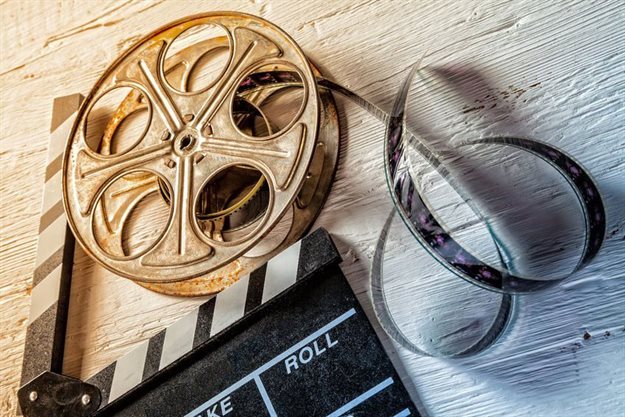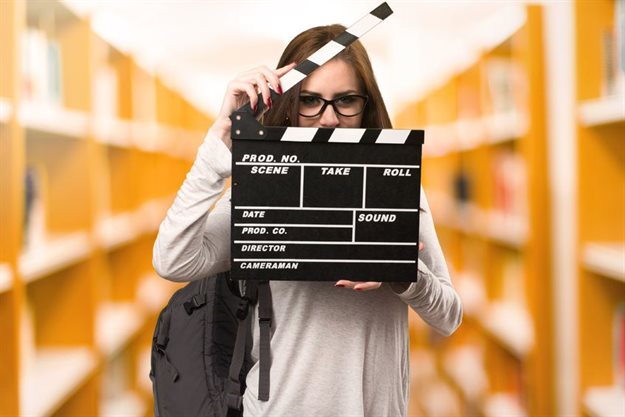






Intellectual property (IP) includes patents, registered designs, copyright, and trade marks, and IP law exists to protect these products of the intellect, which are capable of commercial exploitation.
IP rights also shape each stage of the filmmaker’s journey, from script to screen:
As such, the number and type of IP-related agreements that can arise in the process of filmmaking are as varied as they are numerous.
Copyright is perhaps the anchor of the filmmaking enterprise. Among other things, it protects creators or owners of rights by preventing others from using their works without permission.
According to the Copyright Act No. 98 of 1978, copyright in South Africa extends to the material expression of ideas in:
If we divide the creation of a film into three arcs, as a filmmaker might, we have three main legal scenarios - pre-production, production and post-production - and the first contract (usually the one involving the script) is as important as the last ones (those relating to exhibition or distribution).
Ideally the producer finds a script that is ready to shoot, but usually the services of a professional screenwriter are required to create the screenplay. A script can be a new work, or based on an existing work like a novel, play or comic book, and it is considered a literary work to which IP rights are attached.
If the movie is an adaptation of an existing work, the producer will conclude an option agreement to secure the right to use this material before going forward.
Who owns the script, if it is commissioned by a third party? Well, our law provides that it is the author of the literary work who owns the work – unless the author is acting in the course and scope of his/her employment. In that event, the employer would be the owner of copyright in the literary work. Copyright can only be transferred from one owner to another by way of a written deed of assignment signed for or on behalf of the assignor.
This is important in order to ensure that the first step in the chain of title has been met.
When a concept is optioned, the producer acquires the rights to present it to the industry, to gauge initial interest. If the option is exercised, there is a purchase agreement in which full transfer or assignment of rights is taken.
When it comes to securing the funds to produce a film, IP rights must be supported by clear chain of title documentation (multiple agreements that define how the IP rights arising from the input of the various creative contributors will be used and remunerated), which proves the ownership of underlying rights in a work.
These rights are, by far, the most valuable assets held by the producer - because without a clear and intact chain of title, the sale of a film can become very difficult.

Negotiating agreements with actors and performers can be complex and sensitive, as this process blends IP-related issues – such as the transfer of rights to the producer – with conditions of employment.
What’s more, the legal status of actors varies from one country to another.
Some countries allow actors to engage in collective bargaining but, in others, actors are hired to work on film sets as independent contractors and they have little or no bargaining power when it comes to negotiating contractual terms.
Producers enter into agreements with distributors against remuneration and the promise of the film’s distribution to key markets. It’s important to mention that there is no such thing as a standard distribution deal.
Trade marks also feature prominently in films, with Walt Disney perhaps the first to demonstrate the potential for generating ancillary income from movies and their characters.
His Mickey Mouse, arguably the world’s most recognisable cartoon character, was registered as a trade mark back in 1928 and, by 2010, had clocked up global retail sales worth $9 billion.
The most common forms of restricted acts when it comes to copyrighted works are:
Copyright is not infringed when:
You must be able to prove that you own all the rights to every piece of content in your film. This means that you will need documentation for the music, photographs, film clips, graphics… everything. If you did not originally create it, you will need a document showing that you have authority (usually ownership of all rights, including in particular, copyright) t of use and copying.